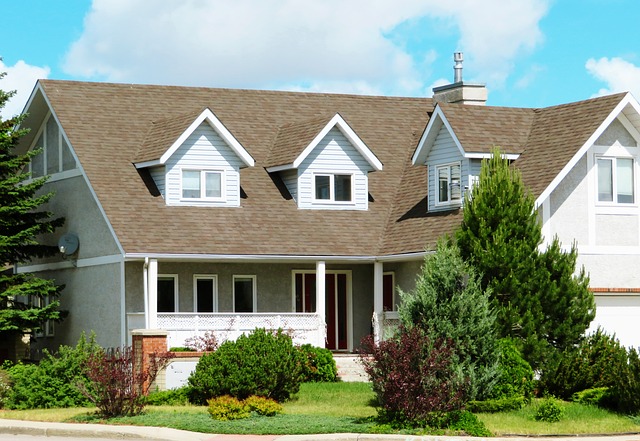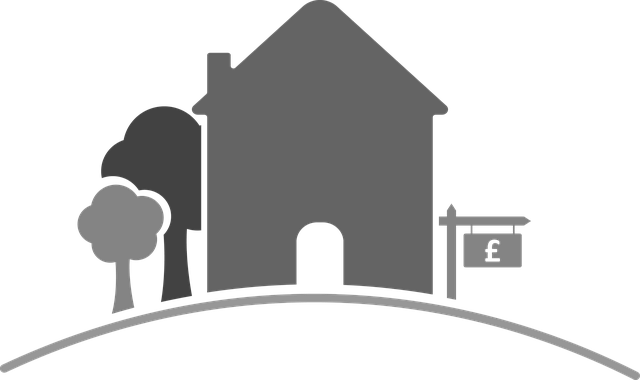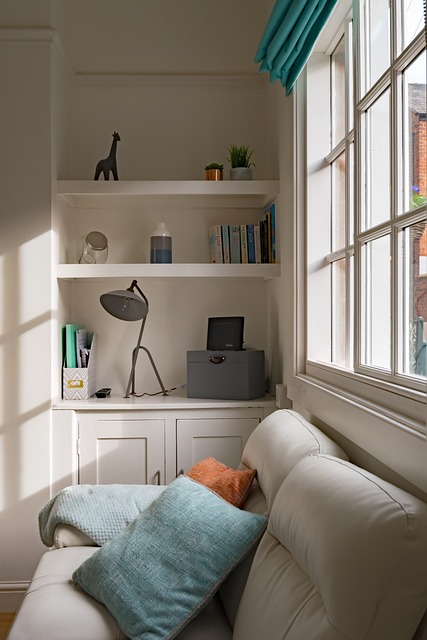Over the past decade, Singapore's Executive Condominiums (ECs) under the Housing & Development Board (HDB) have been dynamically adapted to meet the evolving needs of homeowners and respond to market trends. Initially a transitional housing option for first-time buyers, ECs have become integral to Singapore's residential landscape, with the HDB consistently updating policies such as income ceilings, loan-to-value ratios, and resale conditions to ensure their relevance and accessibility for Singaporeans. These adjustments maintain the balance between affordable housing and national housing strategies. After ten years, ECs mature into valuable community hubs, offering private condo amenities and fostering a strong sense of belonging among residents. Financially, they show promise for resale value appreciation, particularly in well-connected areas, making them an attractive investment within the HDB framework due to their blend of public and private housing benefits, access to financing options, and property market liquidity. The Executive Condominium HDB scheme reflects the HDB's commitment to anticipating future housing needs, ensuring that these properties continue to serve as a stepping stone for families transitioning from public to private living and remain a smart choice for those seeking both a home and a sound financial decision.
Over a span of ten years, Singapore’s Executive Condominiums (ECs) have traversed an evolutionary path, shaped by Housing & Development Board (HDB) policies that continue to define their trajectory. This article delves into the transformative journey of ECs, exploring how they’ve adapted to the changing needs of homeowners and the broader property market. From understanding the policy-driven changes to assessing the lifestyle and resale value an EC offers after a decade, we examine the experience through the lens of those who call these homes their own. Additionally, we navigate the shifts in financing and ownership rules that have emerged post-decade. Furthermore, the article sheds light on the enhancements made to amenities and community living within ECs, as well as the property appreciation trends observed over time. For insights into how an Executive Condominium HDB has evolved, and what this means for potential and current residents, join us in this explorative piece.
- Understanding the Evolution of Executive Condominiums (ECs) under HDB Policies Over a Decade
- The Lifestyle and Resale Value of an EC After Ten Years: A Homeowner's Perspective
- Financing and Ownership: How the Rules for ECs Have Changed Post-Decade
- Living in an EC: Changes in Amenities, Community, and Property Appreciation Over Time
Understanding the Evolution of Executive Condominiums (ECs) under HDB Policies Over a Decade

Over the past decade, Executive Condominiums (ECs) under the purview of the Housing & Development Board (HDB) have undergone significant evolution in response to the changing needs and dynamics of the Singaporean housing market. Initially conceived as a transitional form of housing for first-time flat owners aspiring to upgrade, ECs have become an integral part of Singapore’s diverse housing landscape. The HDB has consistently refined its policies governing ECs to ensure they meet the current demands. These include adjustments to the income ceiling requirements, loan-to-value ratios, and resale criteria, which have been calibrated over time to keep pace with economic growth and market conditions. This has resulted in a dynamic adjustment of the EC scheme, making it more accessible and suitable for the evolving aspirations of Singaporeans.
In this period, the Executive Condominium HDB policies have also adapted to maintain a balance between providing affordable housing options and ensuring the sustainability of the property market. The HDB has introduced measures such as extending the minimum occupation period before an EC can be sold on the open market, adjusting the grant amounts for eligible applicants, and modifying the eligibility criteria for new applicants. These policy changes reflect the HDB’s commitment to aligning EC offerings with the broader objectives of national housing policies, ensuring that they continue to serve as a stepping stone for families to progress from public to private housing while maintaining a stable housing market in Singapore.
The Lifestyle and Resale Value of an EC After Ten Years: A Homeowner's Perspective

After a decade, an Executive Condominium (EC) under the HDB umbrella often transitions into a matured estate that caters to the evolving lifestyle of its residents. Homeowners who have lived in these residences may find that their needs and preferences have shifted over time. The initial appeal of an EC for its blend of private condo facilities with public housing benefits continues to be relevant, offering amenities such as swimming pools, gyms, and function rooms that support an active and comfortable lifestyle. As residents age or their families grow, these communal spaces become even more significant, fostering a sense of community and belonging among neighbours.
From a financial standpoint, the resale value of an EC after ten years can be quite promising for homeowners looking to exit their current homes. The transition from a freshly minted flat to a more seasoned property often sees an appreciation in value. This is particularly true if the EC is situated in a well-connected area with good transportation links or is part of a mature estate in a desirable location. Proximity to amenities, schools, and commercial hubs further enhances the resale appeal. For those considering an investment perspective, the EC market within the HDB framework offers a unique opportunity for capital appreciation, making it a viable option for both living and future financial gains.
Financing and Ownership: How the Rules for ECs Have Changed Post-Decade

10 years post-purchase, Executive Condominiums (ECs) under the purview of HDB present a unique trajectory in terms of financing and ownership. Initially designed to offer a hybrid housing option for couples and families, blending the benefits of both public and private residency, ECs have evolved within a decade. Upon fulfilling the minimum occupation period—typically five years—residents have the option to sell their flat back to the HDB or to privatize it. Privatization involves purchasing the balance lease from HDB and extends the lease to 99 years, aligning it with private condominiums. This transition impacts the property’s valuation and marketability.
Financially, the landscape for ECs has shifted. Post-decade, these homes are more akin to private properties, influencing the types of financing available. Owners can choose from a broader range of bank loans or even remisier loans. The loan-to-value (LTV) ratio and tenure of the mortgage may differ from those for pure public housing, offering more flexible repayment terms. Additionally, the resale market for ECs has matured, providing owners with a more liquid asset. This evolution in financing options and property status underscores the dynamic nature of ECs within Singapore’s housing market, reflecting the government’s responsiveness to the changing needs of residents and the broader economic climate.
Living in an EC: Changes in Amenities, Community, and Property Appreciation Over Time

Over a span of ten years, living in an Executive Condominium (EC) under the HDB umbrella can offer significant transformations in terms of amenities, community dynamics, and property appreciation. Initially designed to bridge the gap between public housing and private condominiums, ECs provide a unique living experience that evolves with time. As years progress, residents may witness upgraded facilities within the complex, reflecting the changing needs and preferences of the community. These enhancements could range from recreational amenities like swimming pools, gyms, and function rooms to smart home features, making daily life more comfortable and connected.
The community within an EC also undergoes a natural maturation process over a decade. Early residents often establish strong bonds, forming a cohesive social fabric that can influence the neighborhood’s culture and activities. As new families move in, the demographic shifts can lead to a vibrant mix of individuals and families from various backgrounds, contributing to a dynamic and inclusive community. This maturation is often accompanied by a sense of belonging and shared responsibility for the collective well-being of the estate. Property appreciation is another aspect that EC residents may experience over time. The desirability of living in an EC, which offers a blend of public and private housing benefits, tends to increase with each passing year. This can result in a rise in property values, making an EC a sound investment for homeowners looking to sell or reap the rewards of their investment. In this regard, the Executive Condominium HDB remains a compelling option for those seeking a stable and appreciating asset within Singapore’s vibrant real estate landscape.
Over the past decade, Executive Condominiums (ECs) under the purview of the Housing & Development Board (HDB) have transitioned through significant changes that influence both the lifestyle of residents and the real estate market. As highlighted in our analysis, ECs have evolved to offer a balance between public and private housing, catering to the diverse needs of homeowners. After ten years, an EC becomes a testament to this evolution, with its resale value often reflecting the improvements in amenities, community cohesion, and property appreciation. Financing and ownership rules have also adapted to keep pace with these changes. For those considering an EC as a long-term home, understanding these developments is crucial. In summary, an Executive Condominium HDB after ten years offers a unique blend of security, community, and investment potential that is hard to match in the Singaporean property landscape.



